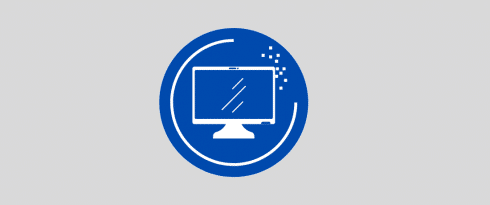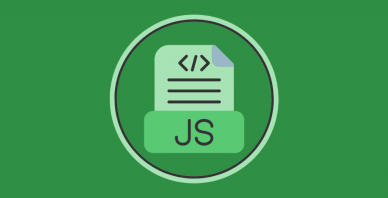Table of Contents
Last update on
Some website owners live in fear of their sites going down. Others ignore the possibility and hope for the best. Unfortunately, either method could leave you in a tough position if the worst happens.
Fortunately, there are many simple steps you can take to be proactive and prevent downtime. Plus, if your website does become unavailable, you can usually get it back up and running quickly with minimal side effects.
In this post, we’ll discuss some of the reasons it’s important to avoid website downtime. Then we’ll share six tips for preventing it, and a few steps you can take if your content does go offline. There’s a lot to cover – let’s dive right in!
Why It’s Important to Prevent Website Downtime
The most immediate problem downtime presents is that users can’t access your site. Ultimately, in one way or another, this probably means lost revenue for you.
If you run an eCommerce site, customers won’t be able to make purchases. What’s more, blogs will miss out on ad revenue, and you’ll likely see a dip in conversion rates for email subscriptions and other features as well.
Plus, if downtime becomes a repetitive problem for your site, the negative effects could be much more long-lasting. For instance, it will likely impact your credibility. If your website is unreliable, potential clients or customers may start to view your brand the same way. Chances are they’ll be less likely to trust you with their payment information and business.
Your search engine rankings could also take a dive. While short periods of inaccessibility every once in a while shouldn’t result in penalties, excessive downtime can hurt your Search Engine Optimization (SEO).
6 Tips to Prevent Website Downtime
The simplest way to avoid the negative consequences of downtime is to prevent it from happening in the first place. While there’s always a chance that an extraordinary event such as a server outage could impact your site’s availability no matter what precautions you take, these six tips can help you avoid the more common problems.
1. Monitor Your Website’s Uptime
The first step to preventing downtime is to know if and when it’s occurring. That’s why monitoring your site’s uptime can be incredibly useful to you as a webmaster.
While ideally your website would be up 100 percent of the time, it’s unlikely that this will be the case. Monitoring its availability can alert you when it goes offline, so you can take quick action to prevent excessive downtime.
There are several ways you can set up monitoring for your site. One is to use a performance management platform, such as Pingdom:
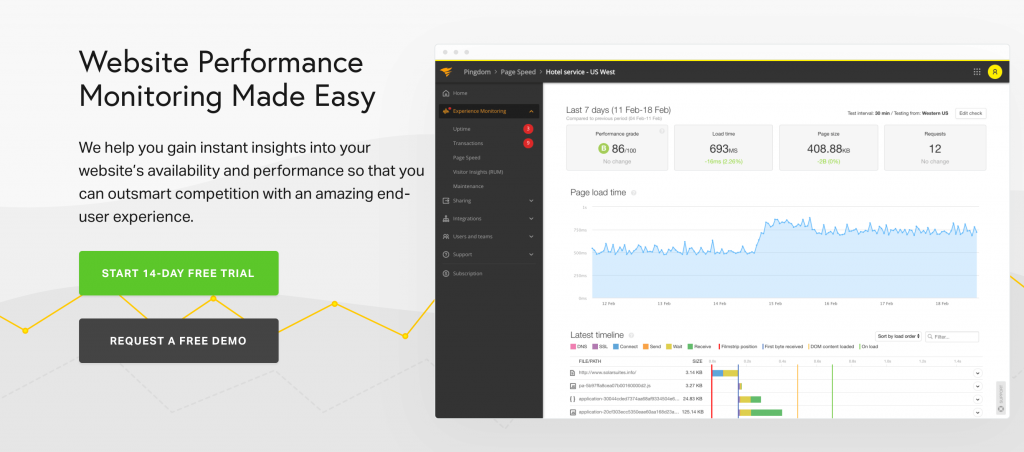
Pingdom monitors a variety of site metrics, including website speed and uptime. You can set up alerts via a variety of channels, including email, SMS, mobile app notifications, and third-party integrations with tools such as Slack. This way, you and any other relevant team members will know right away if something goes wrong.
Uptime monitoring is also a feature included in several popular WordPress plugins, such as Jetpack:

This feature is included in the free version of the plugin, making it an ideal solution for those on a tight budget.
BlogVault is a WordPress backup plugin that also includes uptime monitoring with email alerts:

Although the plugin is free, you’ll need a paid subscription to access your reports after a free two-week trial. If you also need a reliable tool for creating backups and staging environments, BlogVault may be worth the investment.
2. Work with a Reliable Hosting Provider
Your hosting provider plays a crucial role in your site’s ongoing availability. If your server isn’t well maintained, you’re likely to have trouble keeping your site online.
There are many factors to consider when choosing a hosting provider. When it comes to preventing website downtime, some important ones include:
- The host’s reputation for reliability in the past
- An uptime guarantee
- Availability of the company’s support team, so you can reach someone for help no matter when your site is down
One quick way to determine whether a hosting provider is reliable is to search for reviews online. Dissatisfied customers will have likely made their experiences known, and you can learn from them to avoid similar issues for your site.
You may also want to look into your host’s ‘uptime guarantee.’ This is usually a clause in your contract stating that you’re eligible for a full or partial refund if your website doesn’t achieve the specified minimum uptime.
If your host provides a guarantee like this, it usually means the company is highly motivated to keep your site online.
Typically, you’re responsible for determining whether your host is meeting its minimum uptime guarantee, which is another reason to monitor your site’s availability. Fortunately, there are many hosting uptime monitors available, such as the one from CodeinWP:
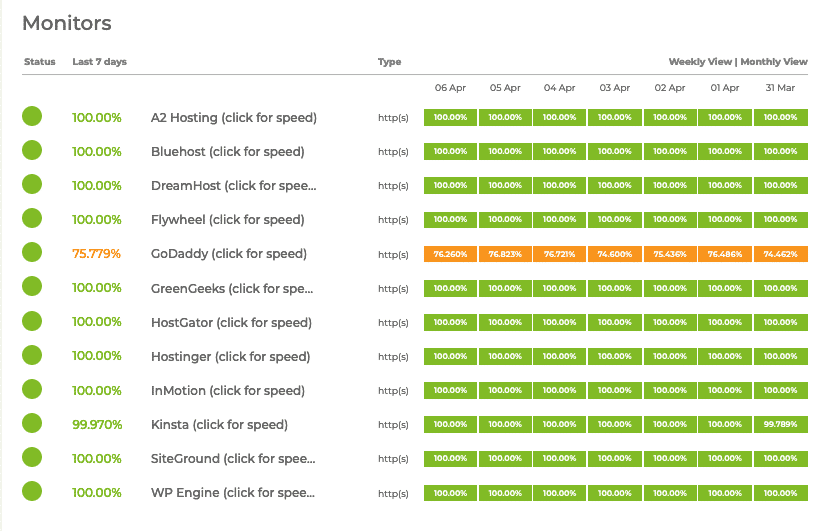
This tool shares stats for the availability of several top WordPress hosting companies over the past seven months.
3. Choose Plugins and Themes Mindfully
The diversity of plugins and themes available to WordPress users is one of the platform’s greatest strengths. Unfortunately, there are certain drawbacks to this system.
Extensions developed by different WordPress professionals and enthusiasts can lead to conflicting code on your website. This in turn can result in downtime.
Whenever you’re selecting plugins and themes for your site, therefore, it’s important to look out for a few key details:
- Latest update. Plugins and themes that haven’t been updated recently are more likely to include code that conflicts with more recent plugins or even WordPress core.
- Known incompatibilities. If a developer knows that their product does not play nicely with another tool, they’ll often inform users. You may also find out about known incompatibilities in user reviews.
- PHP version. Some plugins and themes require a minimum PHP version to work properly.
You can find most (if not all) of this information by looking at a plugin’s listing in the WordPress Plugin Directory:
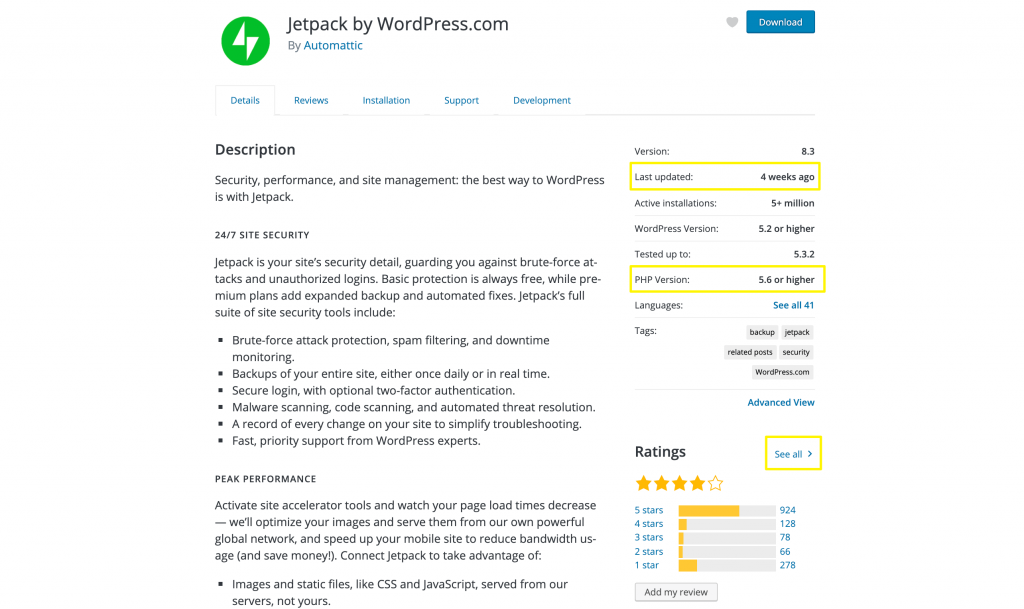
The same applies to most themes:
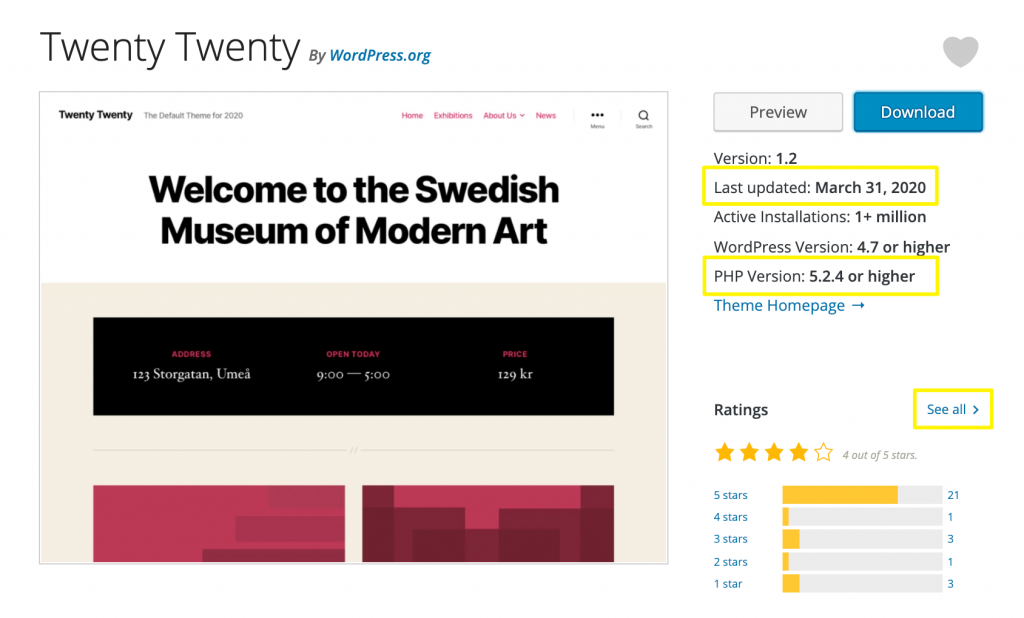
To see which version of PHP your site is currently using, you’ll need to access your hosting account’s control panel. You may also have to double-check your desired plugin or theme’s documentation for known incompatibilities.
4. Secure Your Website Thoroughly
One of the most intimidating causes of website downtime is a cyber attack. Hackers who gain access to your site can wreak havoc in a variety of ways, some of which may take your site offline.
Following a few security best practices can help you avoid attacks in the first place, or recover quickly if a hacker does manage to break through your defenses. Some key strategies include:
- Backing up your website regularly: Having a recent backup available is the fastest way to get your site back up and running if an attack results in downtime.
- Limiting login attempts: This can prevent brute force attacks where hackers use bots to gain entry to your site, by repeatedly testing random login credentials.
- Enabling two-factor authentication: By requiring two or more authentication methods to enter your site, you can prevent hackers from gaining access to your dashboard.
- Scanning for malware: There are several plugins, such as Sucuri, that can analyze your site and determine if malicious code has been added to it.
- Setting up a Web Application Firewall (WAF): A firewall will monitor your website’s traffic and block suspicious users.
There are many other ways to further lock down your website and prevent successful attacks, but these form a solid foundation.
5. Renew Your Domain Name Registration on Time
Website maintenance tasks that only need attention once a year (or even less frequently) can be difficult to remember. Unfortunately, forgetting to renew your domain name registration can result in your website going down.
Most registrars set up auto-renewal by default. However, if you opted out of this setting and your domain has expired, you could find yourself in hot water. There’s no guarantee that you’ll be able to re-purchase it.
For this reason, it’s best to simply keep the auto-renewal option on. If you’re strongly opposed to that, make sure to implement some other system to help you remember to renew your registration on time.
6. Optimize Your Website’s Speed
Technically speaking, you can maintain 100 percent uptime without optimizing your website’s performance. However, your users might not see it that way.
If your pages load slowly, some visitors might think your content is unavailable and navigate away from your site before viewing its content. Depending on what type of site you run, this could also result in excessive support requests from your users.
In other cases, a slow website could result in actual errors and downtime. Every server has a timeout limit, and if yours can’t fulfill a request within the specified period, it may result in a server timeout error.
Plus, poor performance is deadly to your site’s User Experience (UX), even when it’s up and running. So, you should definitely take care of page speed optimization for your WordPress site!
Fortunately, you can easily optimize performance with WP Rocket, and get all the benefits of fast loading times:
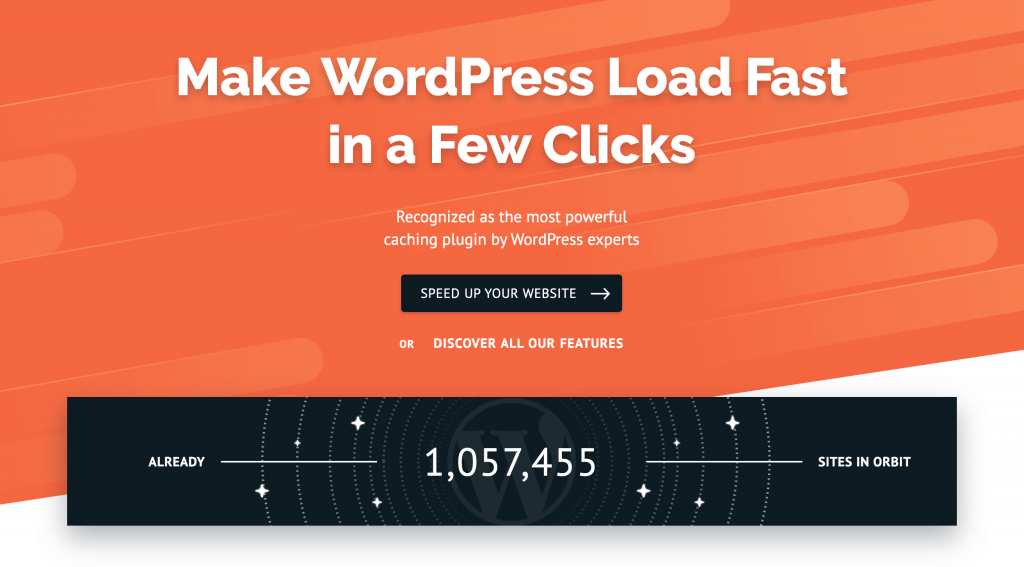
Our plugin includes several features to help with performance optimization, such as:
- Page caching
- Browser caching
- Database optimization
- Minification of CSS and JavaScript
- Lazy loading
These techniques can reduce the strain on your server to improve your site’s user experience, while also helping you avoid performance-related errors.
What to Do If Your Website Is Down
The first thing you need to if you can’t access your website is to determine whether it’s an error on your end, or if your site is truly down. A fast and easy way to do this is to use Down for Everyone or Just Me:

This online tool enables you to input your URL, and determine if your website is unavailable to everyone. If that’s the case, here are some steps you can take right away to start resolving the issue:
- Make sure your domain name registration and hosting plan fees are paid.
- Troubleshoot for a WordPress plugin conflict.
- Conduct an audit to determine if your site has been hacked.
- Contact your hosting provider to determine if there’s a server outage or other high-level problem.
If the first three steps yield no results, your hosting provider’s support team should be able to give you some answers. Once you know what’s causing your site’s downtime, you can go about fixing the issue and getting your site back online.
Wrapping Up
Downtime can cause a wide range of problems for your website, including lost revenue and a drop in your credibility and SEO. Preventing downtime is the best way to protect your site from its negative side effects.
Fortunately, there are many ways to do that. Simple steps such as selecting a high-quality hosting provider, securing your site against hackers, and optimizing your performance can go a long way towards preventing website downtime.
Do you have any questions about how to prevent website downtime? Ask away in the comments section below!
